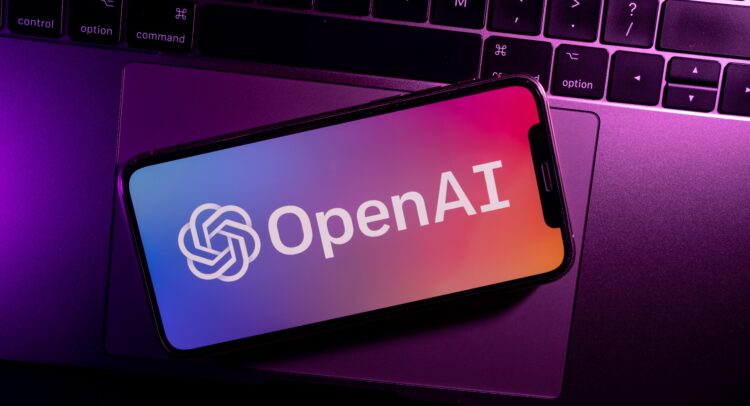OpenAI has introduced its latest AI model, o3, as part of its ongoing “12 Days of Shipmas” event.
This new reasoning model builds on the success of its predecessor, o1, aiming to push boundaries in areas like problem-solving and decision-making.
The o3 family includes a standard version and a smaller variant, o3-mini, tailored for specialized tasks.
Unlike traditional AI models, o3 employs a unique self-checking mechanism, improving accuracy in complex fields like physics and mathematics.
A notable feature is its adjustable reasoning time, enabling users to optimize processing power for better results.
While these improvements enhance reliability, the model still faces challenges with simpler tasks, reflecting ongoing gaps in AI’s evolution toward general intelligence.
Safety remains a priority, with OpenAI employing “deliberative alignment” to align o3 with ethical standards.
Early tests indicate impressive capabilities, including record-breaking performance in coding and advanced academic benchmarks.
However, external testing will be crucial to validate these claims.
The release of o3 comes amid increased competition in reasoning models, with other tech giants like Google entering the space.
OpenAI plans to release o3-mini in January, followed by the full o3 model later.



